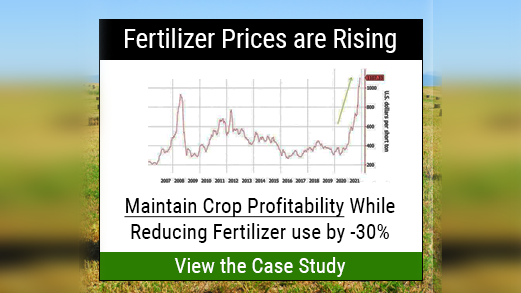Tier 4 Emissions Standard Changes For Tractor Engines
New EPA exhaust emissions regulations will have an impact on diesel engines in tractors and agricultural equipment. The new so-called
Tier 4 standards have two stages: Interim Tier 4 Stage/ III, which takes effect in 2011, and Final Tier 4/ Stage IV, which will take effect in January 2014.
To meet these new emission standards, diesel engine manufacturers are modifying diesel engines used in tractors and other agricultural equipment to bring these engines into compliance.
Two Compliance Approaches
At this point, two different approaches are being used by the manufacturers who make diesel engines for agricultural equipment. So far, several engine manufacturers have chosen to meet the Stage III standards by using exhaust gas recirculation in conjunction with more sophisticated turbo charging and a diesel oxidation catalyst in conjunction with a diesel particulate filter.
Some tractor manufacturers have been using early versions of this technology for several years without adverse effects on engine durability or fuel economy. This approach does require increased cooling system capacity but does not require any additional maintenance or materials.
The other approach to diesel engine emission reduction is known as Selective Catalytic Reduction (SCR). In SCR systems, the engine exhaust passes through a catalytic chamber after it leaves the engine. In the chamber, it is sprayed with a clear, odorless liquid which is known as Diesel Exhaust
Fluid (DEF). At this point the exhaust is broken down into water vapor and nitrogen.
DEF consists of distilled water and 32.5 % urea. DEF is used at a rate of 3% of the fuel used. So for every 100 gallons of diesel fuel an engine using SCR technology uses, it will also use 3 gallons of DEF. DEF requires a separate tank and delivery system.
If the engine runs out of DEF, it will operate at a reduced power output, allowing the vehicle to be moved to a safe place. It will not put out enough power to continue to be used in a working environment. Although there is limited availability of DEF in the U.S. at this time, major truck stops will have it as SCR systems become more common in trucks. The price per gallon of DEF is expected to be in the same range as the price of diesel fuel.
SCR technology has been adopted for emission control in heavy trucks in Europe and is the technology favored by European engine manufacturers to meet the final Tier IV regulations. Thus, it appears that farm equipment using engines designed in Europe will be using SCR technology.
Additional Concerns
Initially there was some apprehension that the additional emissions controls would reduce engine efficiency and fuel use would increase. So far, there is little indication that this will be the case, but when tractors with the new engines are tested at the Nebraska Test Lab, the truth will come out.
Regardless of the technology used to reduce emissions, the emissions control equipment will add to the costs of diesel engines, and this increased engine cost will be passed on to the buyers of tractors and other engine-powered agricultural equipment.
Although little price information is now available, costs for large diesel engines will probably increase by thousands of dollars.









